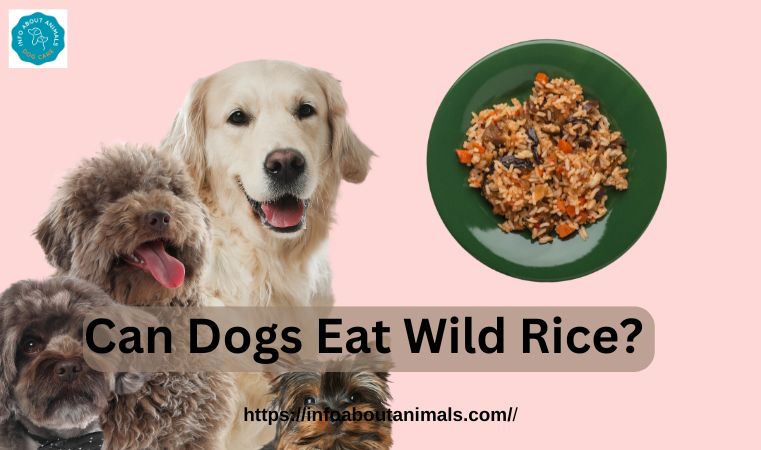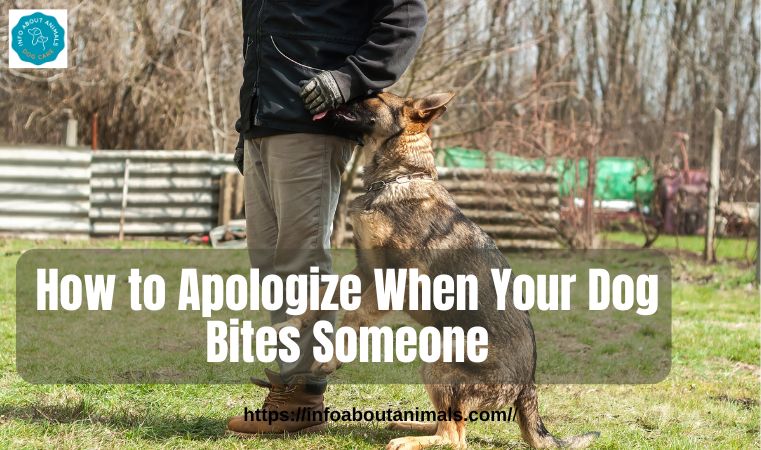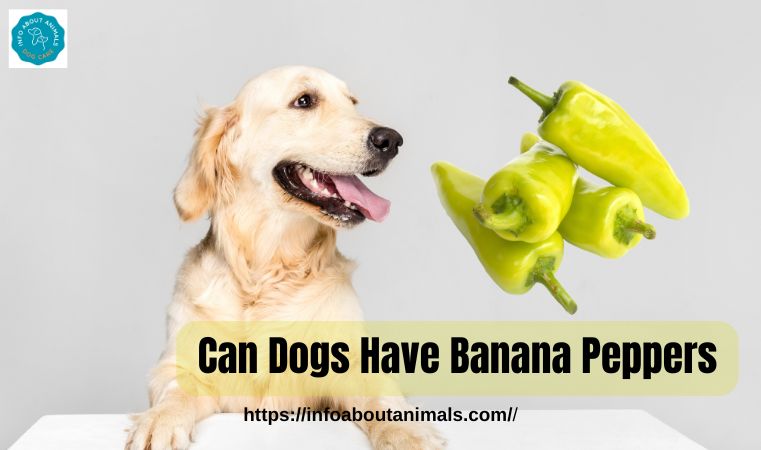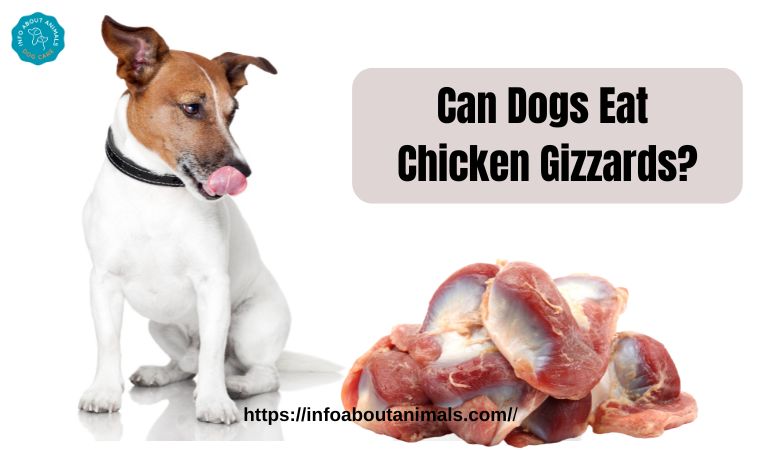Being a responsible pet owner, one cannot but wonder about a few foods for humans and whether your pet can have them. One such question is: can dogs eat wild rice? Most pet owners long for a mixed and balanced meal for their pet, but with proper nutrition for them, naturally. Wild rice is a healthy grain, but can a pet have it? In this article, we will have a discussion regarding its advantages, disadvantage, and best use in your pet’s meal.
What is Wild Rice?
Wild rice is a nutritious whole grain, and it naturally grows in freshwater lakes and rivers. Unlike white and brown rice, and believe it or not, wild rice is aquatic grassseed, not a grain at all. It is full of valuable nutrients such as fiber, protein, antioxidants, and minerals. Wild rice can be a superfood for humans, but can your canine have a bite?
Is Wild Rice Healthy for Dogs?
Yes, canines can consume wild rice in moderation, and it is safe for them to have it. It is a source of significant nutrition that can positively impact your pet’s life. Wild rice is a high-carbohydrate food, and it will make your pet energetic enough to move and function optimally. However, like any carb, it must be consumed in moderation for it to form a balanced meal.
One of its key benefits is its folic acid, a brain-supporting ingredient that helps maintain healthy brain function in your pet. It also contains significant amino acids that work towards developing and growing strong muscles in your pet. All these ingredients work towards your pet’s overall wellbeing, and thus, make a healthy part of its meal schedule.
Wild rice is high in prebiotics, and it can make a healthy gut through its function as a source of nutrition for beneficial gut flora in your dog’s gut. It can make for healthy digestion and a healthy immune system.
With that being said, even with its beneficial factors, it cannot serve in its stead for a balanced meal. Most of your dog’s nutrition will have to go through high-value canine food or a balanced homemade meal with a high proportion of protein.
Another consideration is that wild rice is rich in fiber. Fiber keeps bowels in working shape and keeps your dog’s gut healthy. However, too much of it will have your dog visiting the restroom a lot. In the event your dog eats a lot of wild rice, your dog will have to go out a lot more frequently.
The nutritional value of canidae for canines
1. Full of Necessary Nuts
Wild rice is a nutritional superstar, full of vitamins and minerals that can work towards overall pet wellness. It is full of folic acid, a compound that aids in brain function and healthy activity at a cellular level. It is a source of amino acids, as well, and these can work towards creating and rebuilding your pet’s muscles and tissue.
2. Maintains Healthy Digestive
One of its greatest assets is its high fiber content. Soluble fiber in your pet’s diet keeps your pet’s bowels healthy and your pet’s bowels moving regularly. For a mild bout of constipation in your pet, a small added in your pet’s meal can work its wonder. But over-consumption can make your pet make a lot of toilet runs, so use in moderation.
3. Strenthens Gut Health
Wild rice is high in prebiotics, a source of nutrition for beneficial gut flora. Beneficial gut flora is stimulated with these prebiotics, and a healthy gut microbiota creates a healthy gut, with an improvement in immune function and absorption and assimilation of nutrients.
4. Supplies Energy and Enables Active Living
Wild rice is a complex carbohydrate source, and it releases sustained working energy for canines. Unlike simple carbohydrates, whose intake creates quick spikes in blood sugar, slow digestibility in wild rice releases long-lasting energy with no quick dips.
Can Dogs Eat Wild Rice?
The answer is a simple one: yes, and in moderation, it is safe and healthy for your pet to have a little wild rice. Wild rice is full of vitamins, including antioxidants, and in fiber and protein, and can contribute positively to your pet’s overall health. There are, however, a few items to recall when including wild rice in your pet’s menu.
Cooked vs. Raw Wild Rice
Dogs can only have cooked wild rice. Uncooked wild rice can cause gastrointestinal irritation in dogs and is not digestible for them. Ensure that the rice is well cooked before offering it to your pet to make it easier for them to digest and chew. Cooking will make it easier for your pet to access the nutritional value of wild rice, and it will become easier for them to digest and chew.
Servings Per Package
Whereas a portion of wild rice can form a healthy part of a canine meal, it cannot form its sole source of nutrition. Dogs have a balanced meal with a correct proportion of carbohydrates, fat, and proteins. Consumption of excessive wild rice can make a meal unbalanced, and in return, can make a canine gain weight through excessive carbohydrate intake. To avoid such a situation, serve a small portion of wild rice in a meal in a form of an infrequent reward, or mix it with a balanced meal.
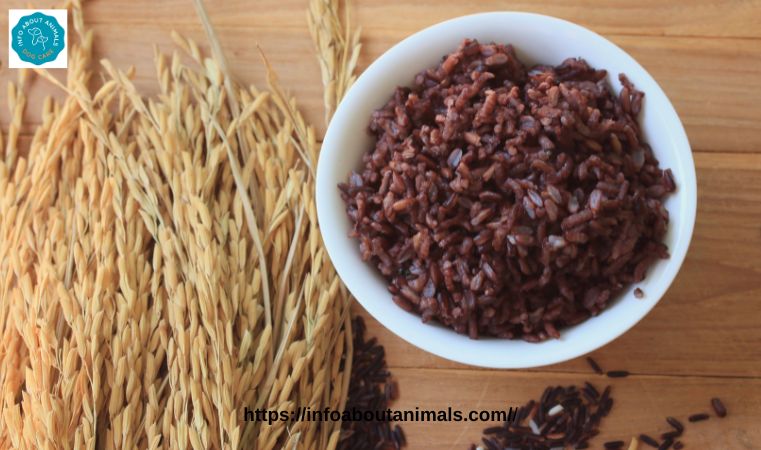
Avoid added ingredients
To serve your pet, present your wild rice in its unseasoned state. Most commercially prepared foods with rice include added ingredients, such as salt, butter, garlic, and onions, that can poison your pet or cause them a lot of complications, including a rupture in red blood cells. Garlic and onions, in particular, can cause a lot of complications, including a rupture in red blood cells. To make your pet safe, make and serve your wild rice in its unseasoned state, free of oils and sauces.
Think About What Your Dog Eats
Dogs have specific nutritional requirements and sensitivities. Some have grain allergy and sensitivities, and a few have an underlying medical problem that will require a specific diet. In case your pet hasn’t ever taken wild rice in its life, introduce it in moderation in its meal and monitor for any allergic reaction and gastrointestinal symptoms including vomiting, diarrhea, and bloating. In case any reaction occurs, discontinue its intake and seek your veterinarian’s consultation.
How to Serve a Dog with Wild Rice
If you opt to include wild rice in your pet’s diet, these safe and healthy alternatives for its incorporation include:
Plain Boiled Wild Rice – Boil unseasoned wild rice in water and serve in small quantities.
Wild Rice with Protein – Combine prepared wild rice with nutritious proteins such as chicken, turkey, or fish to have a healthy meal.
Wild Rice with Veggies – Serve mixed with pet-safe vegetables including sweet potatoes, peas, or carrots for a nutritional boost of vitamins and minerals.
Homemade Dog Recipe – Cook a nutritious homemade meal with a mix of wild rice, a low fat source of protein, and safe caninian vegetables in proper proportion.
Read Also: How to Apologize When Your Dog Bites Someone?
Potential Danger of Giving Dogs Wild Rice
Dogs can have a little wild rice, but several concerns have to be considered:
1. Gastrointestinal Comp
Some dogs can become bloated, have a sensitive stomach, when new foods are incorporated into them. For a sensitive dog, introduce wild rice in moderation and closely monitor its reaction.
2. Allergic Reactions
Some, but not many, can develop an allergy to grain. Stop use and consult a veterinarian if symptoms of itching, vomiting, and diarrhea develop after consuming wild rice.
3. Overconsumption of Carbohydrates
Whereas wild rice is a less processed grain alternative to conventional grain, excessive carbohydrate intake can make your pet gain weight. Include wild rice in a small portion of your pet’s overall consumption.
Comparing Wild Rice with Other Varieties of Rice
1. White and Wild Rice
White rice is a staple for dogs, especially when a dog experiences an upset stomach. However, white rice is not as nutritious as wild rice. Can dogs use wild rice in place of white rice? Certainly, but a nutritious alternative, wild rice can become a first preference for ailing canines with a tummy ache.
2. Wild and Brown Rice
Both wild and brown rice are whole foods, but with a little more protein and antioxidants, wild rice wins out. Brown rice is a safe bet for your canine, but with even better nutritional value, wild rice takes first prize.
3. Wild Rice and Quinoa
Quinoa is yet another grain alternative safe for canine consumption. It closely mirrors a similar nutritional profile to that of wild rice, but a few canines can have difficulty digesting quinoa.
(FAQs) Can dogs eat wild rice
1. Can puppies consume wild rice?
Yes, puppies can have wild rice, but introduce it in moderation and in a slow transition. Check with your veterinarian first when adding new foods to a puppy’s diet.
2. How often can dogs eat wild rice?
The wild rice can then be incorporated in an occasional reward, or mixed with routine foods a few times a week.
3. Can wild rice promote weight loss?
Yes, and it is rich in fiber and low in calories, and for that reason, a healthy option for weight maintenance when taken in moderation.
4. Can I use wild rice for my diabetic pet?
Wild rice is less glycemic-indexed and can, therefore, benefit a diabetic dog in a positive manner. However, a veterinarian must first be seen when diets are changed.
5. Can dogs eat wild rice every day?
Dogs can have a little wild rice, but not a daily one. Optimum nutrition is with a balanced proportion of proteins, healthy fats, and other nutritious foods.
Conclusion
Can dogs eat wild rice? Dogs can most definitely have wild rice, and in abundance, at that! Wild rice is a healthy, high-fiber grain filled with antioxidants, vitamins, and minerals. In moderation and in a proper form, wild rice can become a healthy addition to your canine’s meal schedule. But introduce new foods in moderation and monitor your dog’s behavior.
Do not use additives and overfeed your pet in an attempt to make them enjoy nutritional value with no risk involved. In case of any query about your pet’s nutrition, refer your veterinarian for personalized information.
Adding wild rice in a smart and healthy way can serve your pet a balanced and nutritious meal.
References
- Spoiled Hounds. (n.d.). Can dogs eat wild rice?. Retrieved from https://spoiledhounds.com/can-dogs-eat-wild-rice/
- Animal Wellness Magazine. (n.d.). 6 reasons to add Minnesota wild rice to your dog’s diet. Retrieved from https://animalwellnessmagazine.com/6-reasons-to-add-minnesota-wild-rice-to-your-dogs-diet/
- MasterClass. (n.d.). Can dogs eat rice?. Retrieved from https://www.masterclass.com/articles/can-dogs-eat-rice
- WildRice.com. (n.d.). Is wild rice safe for dogs?. Retrieved from https://www.wildrice.com
- Pumpkin Pet Insurance. (n.d.). Can dogs eat rice?. Retrieved from https://www.pumpkin.care/blog/can-dogs-eat-rice/
